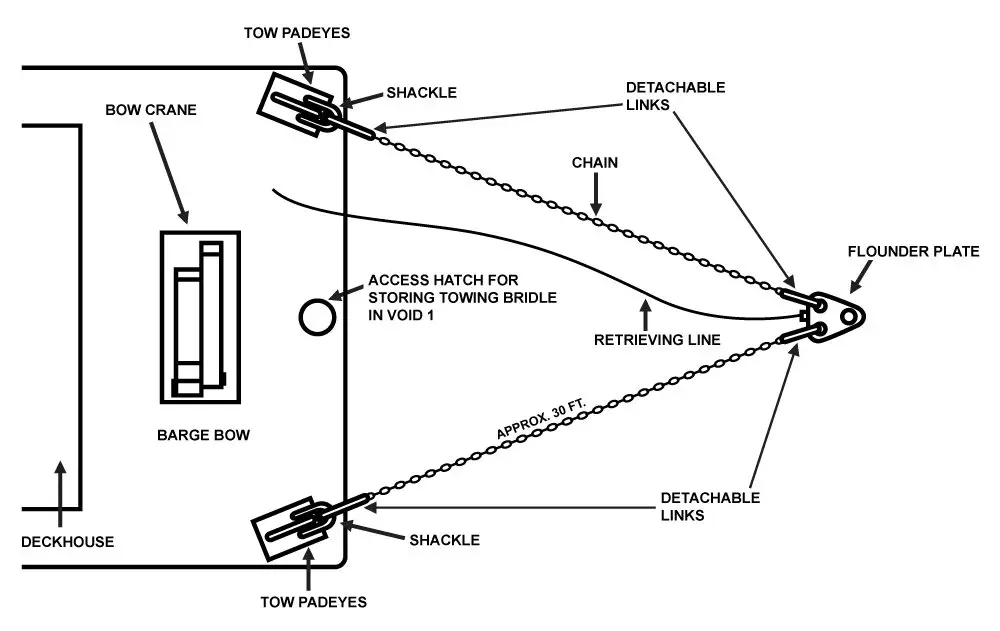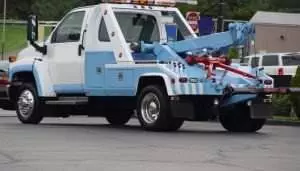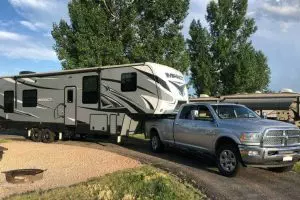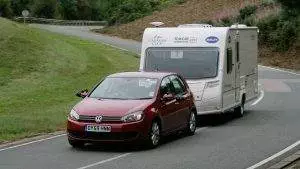Hey there! We understand that towing can be a bit tricky, especially when it comes to deciding what gear to be in. That’s why we’re here to help! In this article, we’ll dive into the different gears you should consider when towing, and the factors that might influence your decision. Whether you’re a seasoned pro or new to towing, we’ve got you covered. So, let’s get started and make sure you’re equipped with the right knowledge to tow smoothly and safely.
Curious to know more about what gear you should be in to tow? Well, you’re in luck! In this article, we’ll provide you with all the essential information and helpful tips on this topic. We’ll discuss the significance of transmission type, weight distribution, road conditions, and much more. So, no matter if you’re planning a long road trip with a trailer or simply want to gain some knowledge for future adventures, we’ve got the answers you’re looking for. Stay tuned to discover everything you need to know about choosing the right gear for towing!
Introduction
Understanding the importance of proper gear selection while towing
When it comes to towing, proper gear selection is crucial for ensuring a safe and efficient journey. Whether you’re hauling a trailer for leisure or work, the gear you choose will have a significant impact on various factors such as fuel efficiency, engine strain, control, and overall driving experience. In this article, we will discuss the factors to consider when selecting the appropriate gear for towing, as well as provide a guide for different towing situations.
Factors to Consider
Weight of the trailer and tow vehicle
One of the primary factors to consider when choosing the appropriate gear for towing is the weight of the trailer and the tow vehicle. A heavier load will require lower gears to ensure that the engine is not strained excessively. Conversely, a lighter load may allow for higher gears, which can improve fuel efficiency.
Road conditions and terrain
The road conditions and terrain on which you will be towing also play a significant role in gear selection. If you will be towing on flat terrain, you may opt for higher gears to maximize fuel efficiency. On the other hand, when faced with uphill climbs, downshifting to lower gears will help maintain power and prevent overheating. Similarly, when descending steep hills, lower gears should be used for engine braking to avoid brake overheating and fade.
Towing capacity of the vehicle
Understanding the towing capacity of your vehicle is crucial for proper gear selection. Exceeding the manufacturer’s recommended towing capacity can lead to engine strain, decreased control, and potential damage to the vehicle. It’s essential to refer to your vehicle’s towing capacity chart and select the appropriate gear based on the weight of your load.
Weather conditions
Weather conditions also affect gear selection while towing. Different weather conditions may require adjustments in gear choice to ensure traction, stability, and visibility. For example, when towing in snow or ice, using a higher gear can reduce wheel spin and help maintain traction. In rain or wet conditions, it’s important to choose a gear that provides optimal traction and prevents hydroplaning.
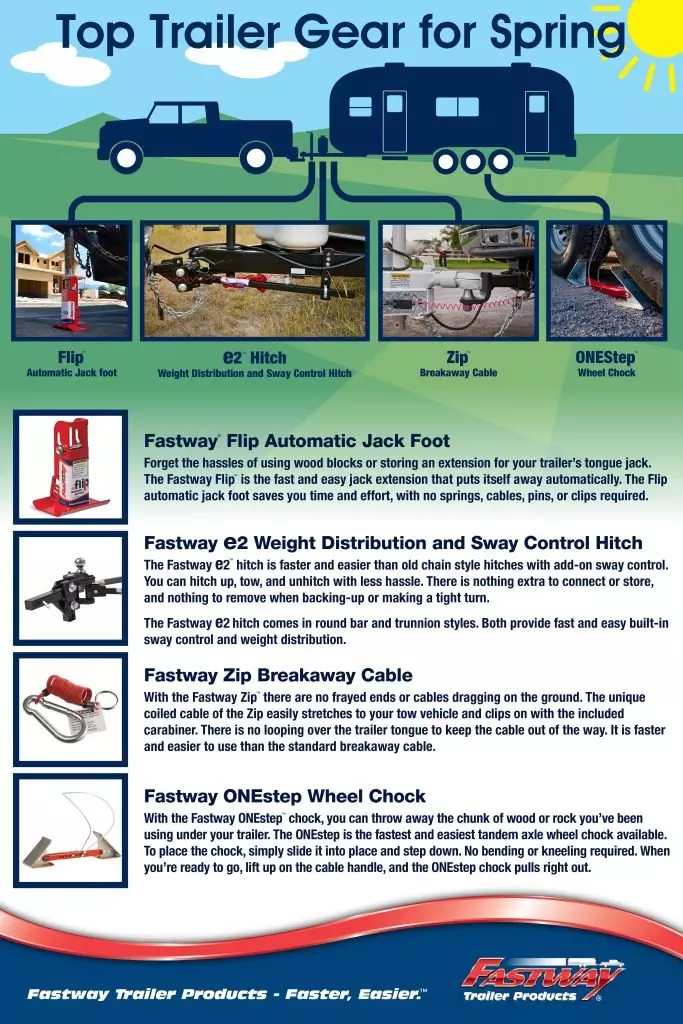
This image is property of www.fastwaytrailer.com.
Gear Selection Guide
Determining the appropriate gear for different situations
Now that we’ve discussed the factors to consider, let’s delve into a gear selection guide for various towing situations:
1. Flat Terrain with Light Load
When towing on flat terrain with a light load, selecting a higher gear can be beneficial for maximizing fuel efficiency. By keeping the engine RPMs lower, you can reduce strain and improve the overall performance of your vehicle. However, it’s important not to choose a gear that is too high, as this may cause the engine to struggle when maintaining speed.
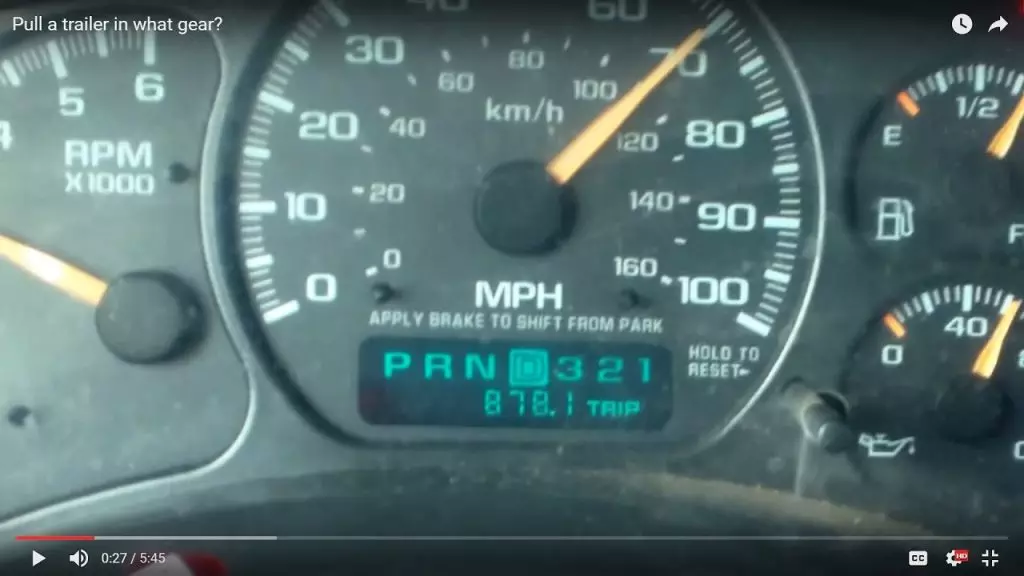
This image is property of i.ytimg.com.
2. Uphill Climbs
When faced with uphill climbs, downshifting to a lower gear is essential to maintain power and prevent engine overheating. By downshifting, you allow the engine to work at a higher RPM, providing more power to tackle the incline. It’s important to keep an eye on your RPM gauge and ensure that the engine remains within an optimal range to prevent strain or overheating.
3. Downhill Descents
When descending steep hills, it’s crucial to use lower gears for engine braking. Engine braking helps control the speed of the vehicle without relying solely on the brakes. By downshifting, the engine assists in slowing down the vehicle, reducing strain on the braking system and preventing brake overheating. Additionally, using lower gears helps to maintain a steady pace down the hill, improving overall control.
This image is property of qph.cf2.quoracdn.net.
4. Varied Terrain and Heavy Load
When towing on varied terrain or carrying a heavy load, gear selection becomes more critical. It’s important to adjust gear selection based on the road conditions and the weight of the load. If you encounter rough or uneven surfaces, opting for lower gears will provide the necessary power and control. Conversely, on smoother roads, higher gears can be used to improve fuel efficiency.
5. Towing in Snow or Ice
Towing in snow or icy conditions requires special attention to gear selection. To reduce wheel spin and maintain traction, it’s advisable to use a higher gear. This will help the vehicle maintain stability and control, preventing it from getting stuck or skidding on slippery surfaces.

This image is property of hackaday.com.
6. Towing in Rain or Wet Conditions
When towing in rainy or wet conditions, gear selection should be based on both traction and visibility. It’s important to choose a gear that enables the tires to maintain optimal traction, preventing the vehicle from sliding or losing control. Additionally, consider the reduced visibility caused by rain or fog. Adjusting to a lower gear can provide better control and response time to unexpected situations.
Conclusion
Proper gear selection is essential for safe and efficient towing. Consider the weight of the trailer and tow vehicle, road conditions, towing capacity, and weather conditions when selecting the appropriate gear. Adapting gear selection based on these factors will help maintain control, prevent engine strain, and ensure a smooth towing experience. By following this guide, you can confidently navigate different towing situations, keeping both yourself and others on the road safe.

This image is property of vehiclewisdom.com.
